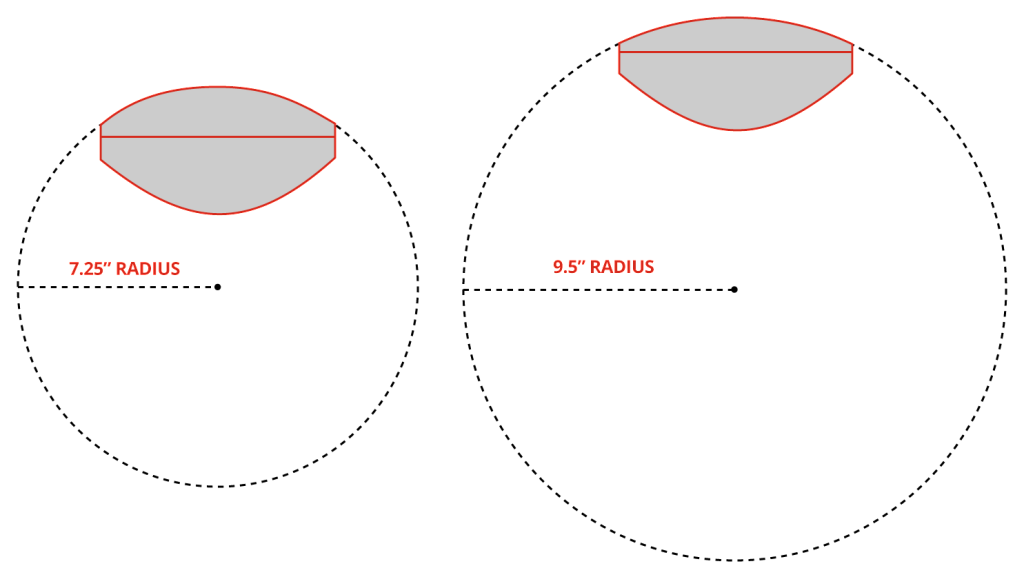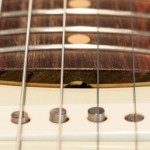Language
Tech Tips: Guitar Fretboard Radius Explained
You might have noticed that on a good number of electric guitar and basses, their fretboards (also known as fingerboards) aren’t exactly flat. Most of them have a slight convex curve through their width. This is known as their fretboard radius, the measure of the arc of the fretboard across its width. In this article, we dig deeper into how this spec is measured along with some examples from popular guitars.
 The measurement of the fretboard radius refers to the radius of a circle from which a small segment of the circumference equal to the width of the fretboard is taken. The lower the radius measurement, the greater the curvature on the neck.[/caption]
The measurement of the fretboard radius refers to the radius of a circle from which a small segment of the circumference equal to the width of the fretboard is taken. The lower the radius measurement, the greater the curvature on the neck.[/caption]
How Fretboard Radius Is Measured
The measurement of the fretboard radius refers to the radius of a circle from which a small segment of the circumference equal to the width of the fretboard is taken. For example, if you have a circle with a 7.25” radius and remove a piece of its side equal to the width of a fretboard, you have a 7.25” fretboard radius. If you take the same width from a circle with a larger radius, you’ll end up with a slightly flatter radius. The higher the measurement, the flatter the curve, and vice versa. [caption id="attachment_2515" align="alignnone" width="447"] The measurement of the fretboard radius refers to the radius of a circle from which a small segment of the circumference equal to the width of the fretboard is taken. The lower the radius measurement, the greater the curvature on the neck.[/caption]
The measurement of the fretboard radius refers to the radius of a circle from which a small segment of the circumference equal to the width of the fretboard is taken. The lower the radius measurement, the greater the curvature on the neck.[/caption]

